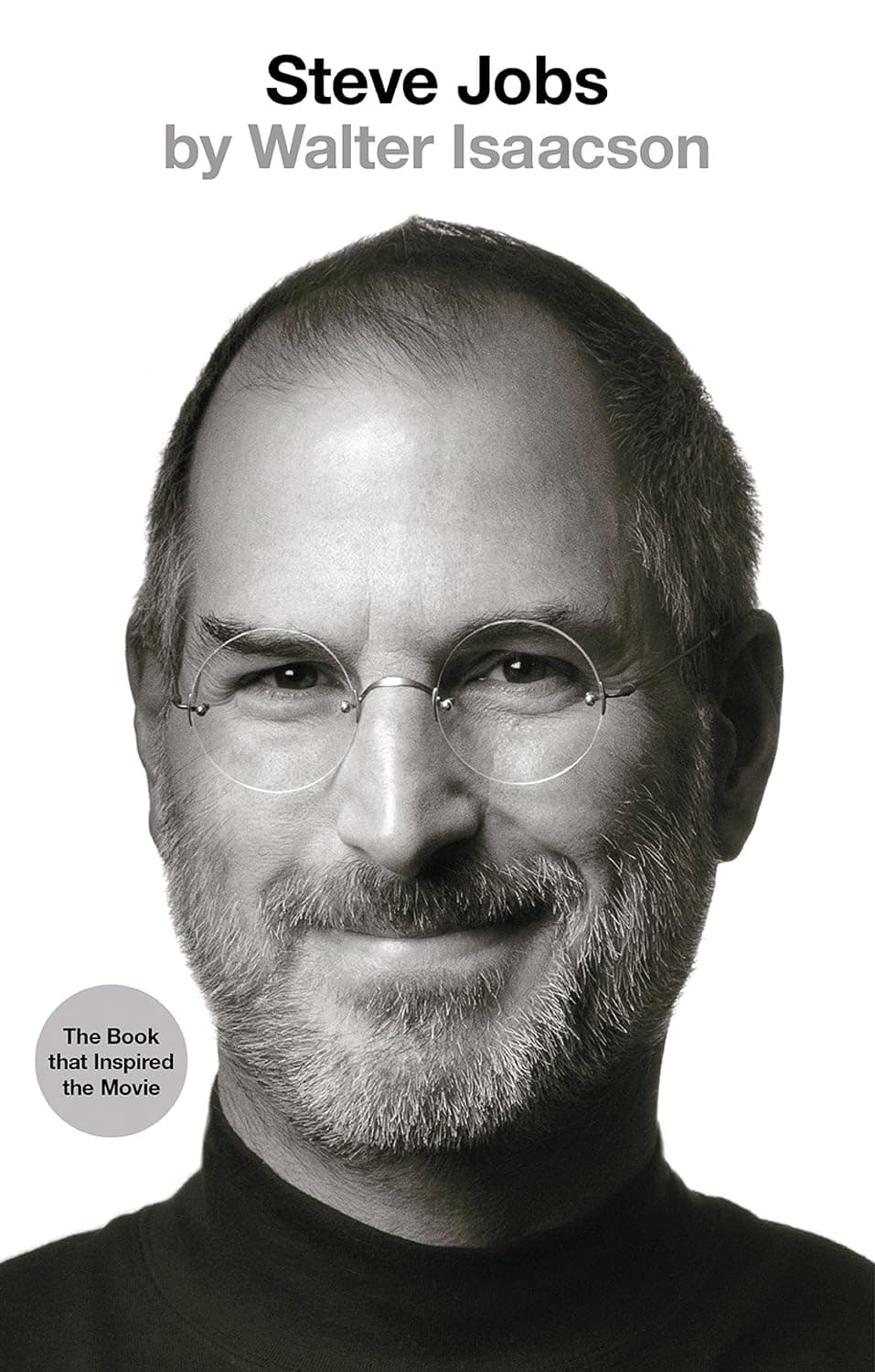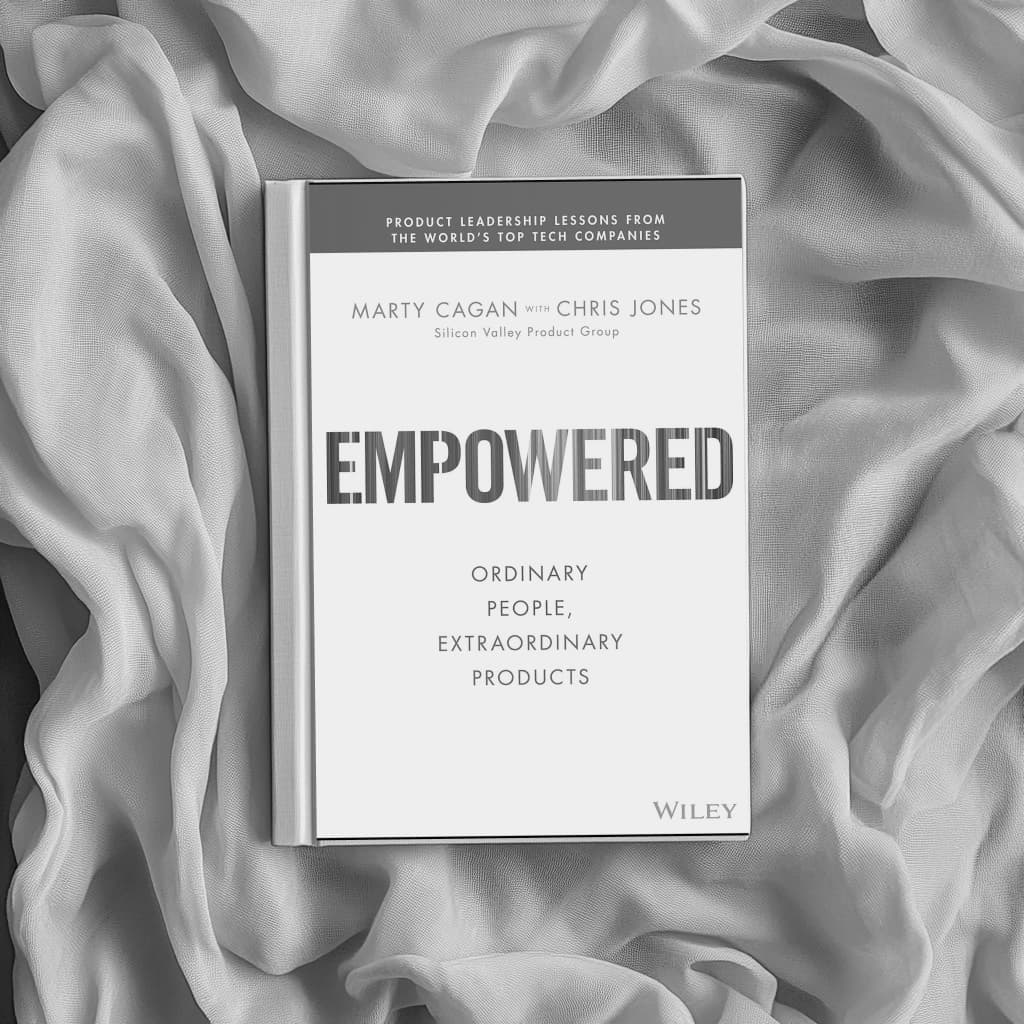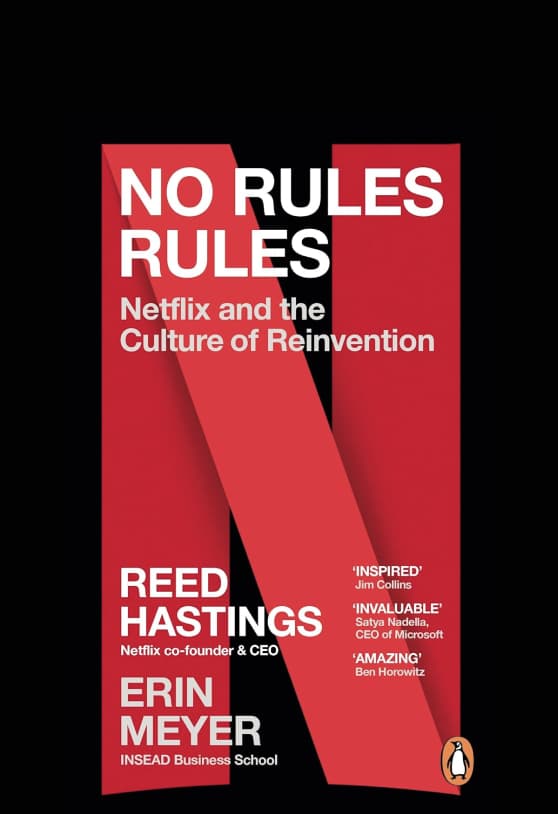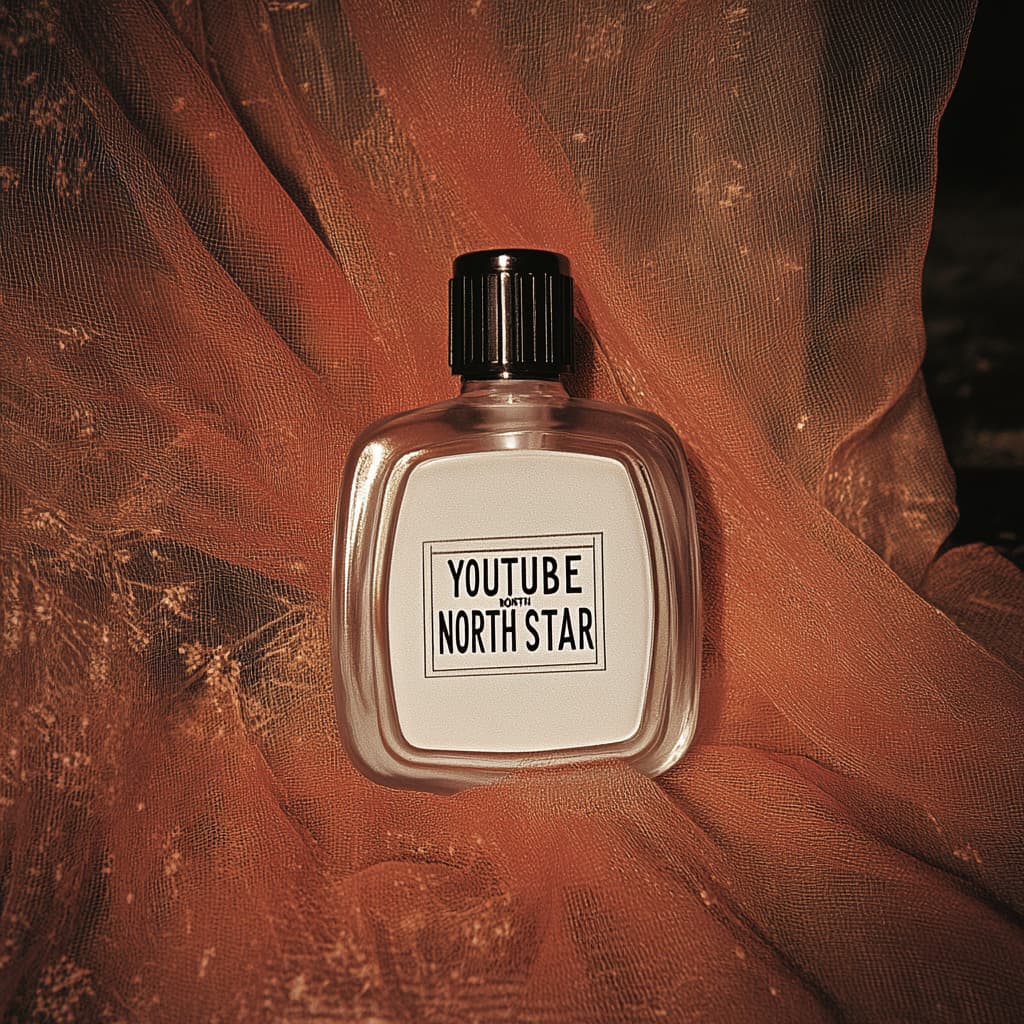Lean Marketing Book Review
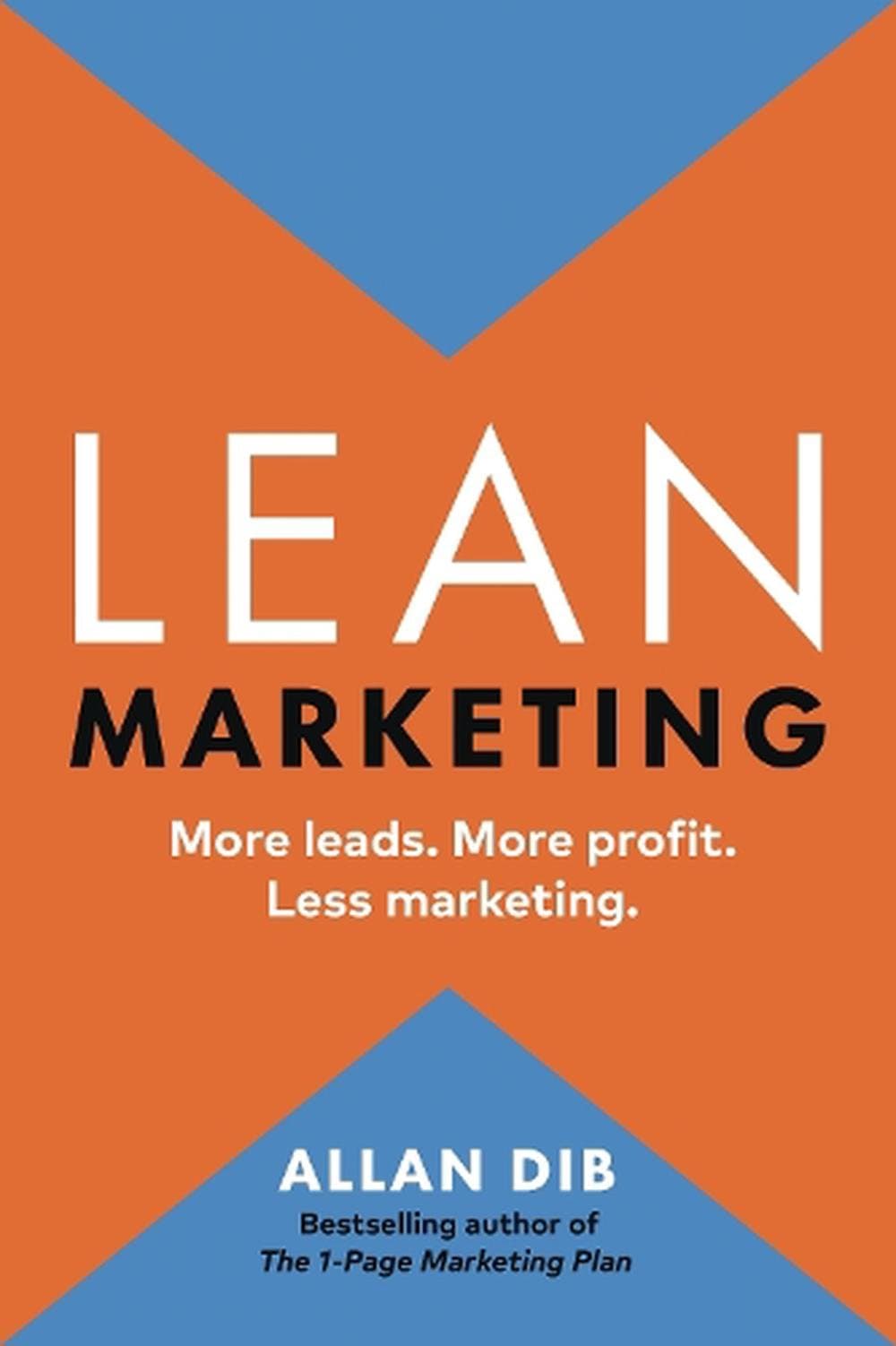
GET THE #1 EMAIL FOR EXECUTIVES
Subscribe to get the weekly email newsletter loved by 1000+ executives. It's FREE!
Key Themes from Allan Dib's Quotes
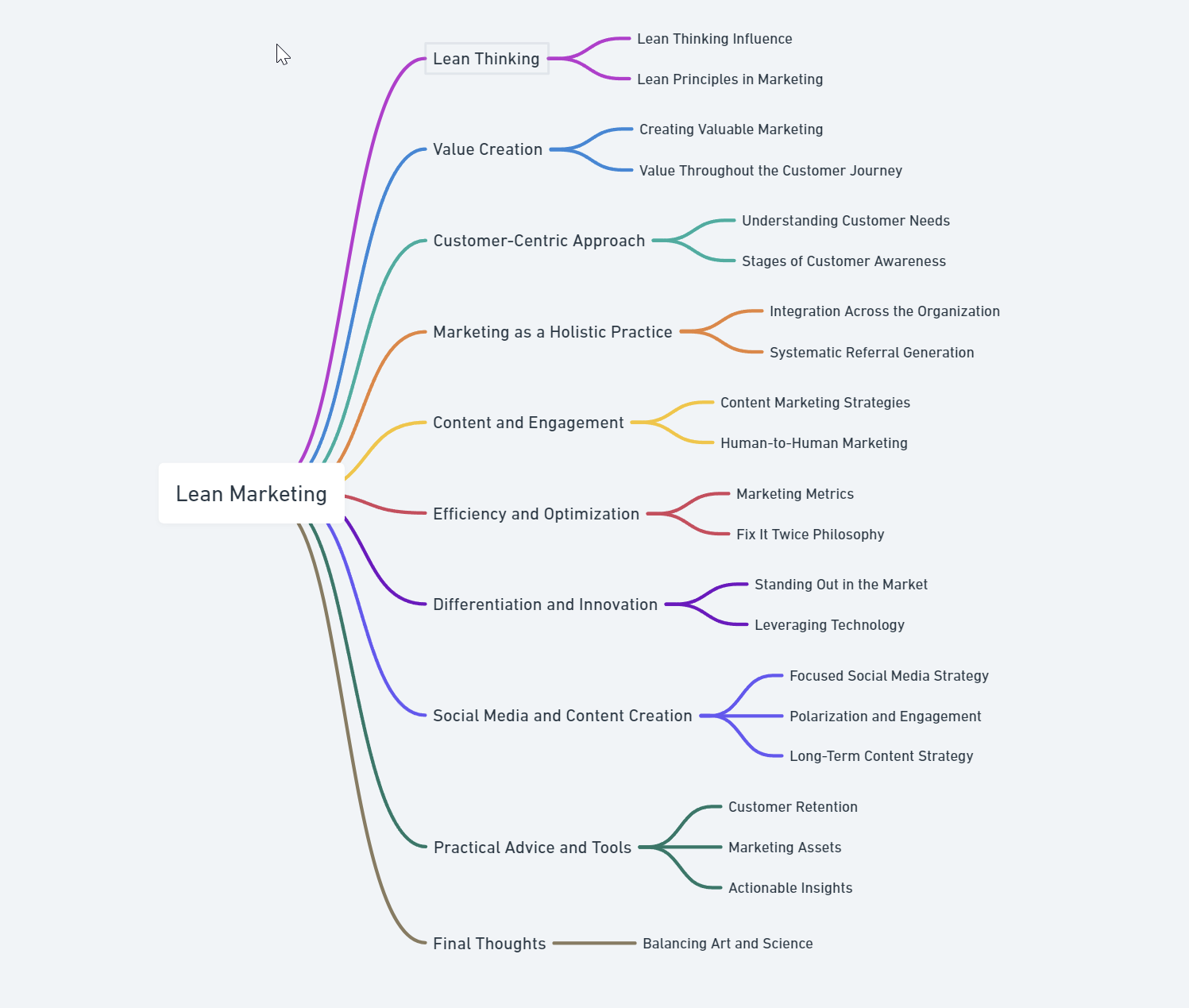
Lean Thinking
- Lean Thinking Influence: Jeff Bezos cites Lean Thinking as a favorite, emphasizing efficiency and customer value.
- Lean Principles in Marketing: Lean marketing is about creating more value with less effort and resources. It includes principles like embedding marketing throughout the product life cycle and focusing on value stream mapping and flow to reduce inefficiencies.
Value Creation
- Creating Valuable Marketing: Marketing should be so valuable that the target market would pay to receive it. There should be genuine potential to turn it into a paid product.
- Value Throughout the Customer Journey: Embed marketing throughout every interaction in the customer journey, from sales to customer service.
Customer-Centric Approach
- Understanding Customer Needs: Identify activities that are value-creating versus those that are wasteful. Focus on understanding and tapping into existing customer demand.
- Stages of Customer Awareness: Tailor marketing efforts to different stages of customer awareness, from unaware to most aware, providing relevant content and solutions at each stage.
Marketing as a Holistic Practice
- Integration Across the Organization: Marketing is not confined to a single department; it happens throughout the organization, influencing sales conversations, delivery processes, and customer service.
- Systematic Referral Generation: Create a systematic approach to generating referrals, understanding that referrals are motivated by the referrer’s desire to look good and raise their status.
Content and Engagement
- Content Marketing Strategies: Effective content marketing involves creating content that is relevant, engaging, and adds value. Different content creator archetypes (Expert, Curator, Interviewer, Amateur on a Journey, Enigma) can be leveraged based on the creator's strengths.
- Human-to-Human Marketing: Focus on H2H (human-to-human) interactions, where emotional connections are crucial. People buy with emotion and justify with logic.
Efficiency and Optimization
- Marketing Metrics: Key metrics like LTV (lifetime value), ROAS (return on ad spend), and conversion rates are essential for measuring marketing success.
- Fix It Twice Philosophy: Address immediate problems and also fix the underlying systemic issues to prevent future occurrences.
Differentiation and Innovation
- Standing Out in the Market: Differentiate by doing common things uncommonly well and being willing to take risks and fail. Understand the psychology of referrals and leverage it to your advantage.
- Leveraging Technology: Use tools and systems that you will actually use consistently, and automate processes where possible to maintain efficiency and focus.
Social Media and Content Creation
- Focused Social Media Strategy: Start with one social media platform, ensure consistency, and engage actively with the audience. Treat social media as a documentary of day-to-day activities to create authentic content.
- Polarization and Engagement: Attract the right audience by taking a stand and being opinionated. Negative feedback indicates that you are on the right track.
- Long-Term Content Strategy: Building an audience takes time and consistency. Focus on creating valuable content and improving over time.
Practical Advice and Tools
- Customer Retention: The first 100 days of a customer’s experience are crucial for long-term retention.
- Marketing Assets: Build strong marketing assets to reduce reliance on labor-intensive activities. Treat flagship assets as public services to build trust.
- Actionable Insights: Provide checklists, worksheets, and additional tips to help readers apply knowledge and achieve desired outcomes.
Final Thoughts
- Balancing Art and Science: Successful modern business combines storytelling and understanding the numbers. Continuously seek to improve the quality of your marketing efforts by focusing on the core commodities and leveraging the major levers of value.
























































































